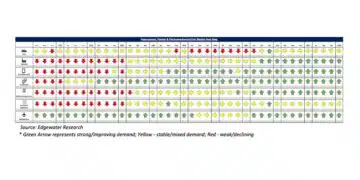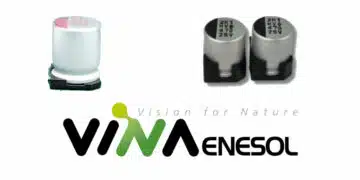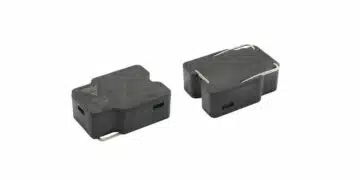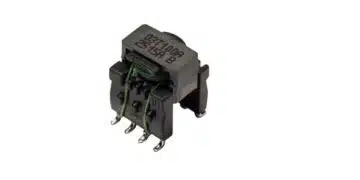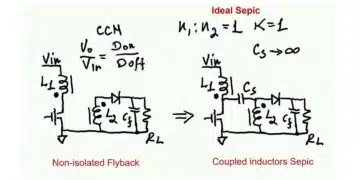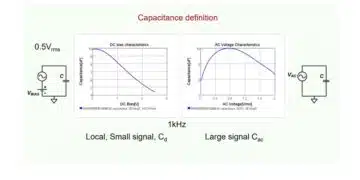Abstract:
Exposure of chip MnO2 tantalum capacitors to humid environments might result in increased ESR, leakage currents, and first turn-on failures. However, there is a lack of literature data on the effect of moisture on reverse bias behavior of the parts. The presence of moisture can also result in pop-corning when a high water vapor pressure develops when moisture absorbed in pores of tantalum slugs vaporizes instantly during soldering process resulting in damage to capacitors. A study of kinetics of moisture ingress to and release from active elements of capacitors would allow a better understanding of degradation mechanisms and is important for preventing failures.
Title: Kinetics of Moisture Sorption and Reverse Bias Degradation in Chip Tantalum Capacitors
Author(s): Alexander Teverovsky
Organisation(s): ASRC Federal Space and Defense (NASA)
Symposium: 1st PCNS Passive Components Networking Days, 12-15th Sep 2017, Brno, Czech Republic
Reference: paper 6.1. Quality & Reliability Session., PCNS2017 Proceedings Pg.117-127
ISBN: 978-80-905 768-8-9
e-Sessions Applications: Aerospace
e-Sessions Scope Components: Capacitors
e-Sessions Topics: Quality & Reliability
read the full paper in pdf here.


